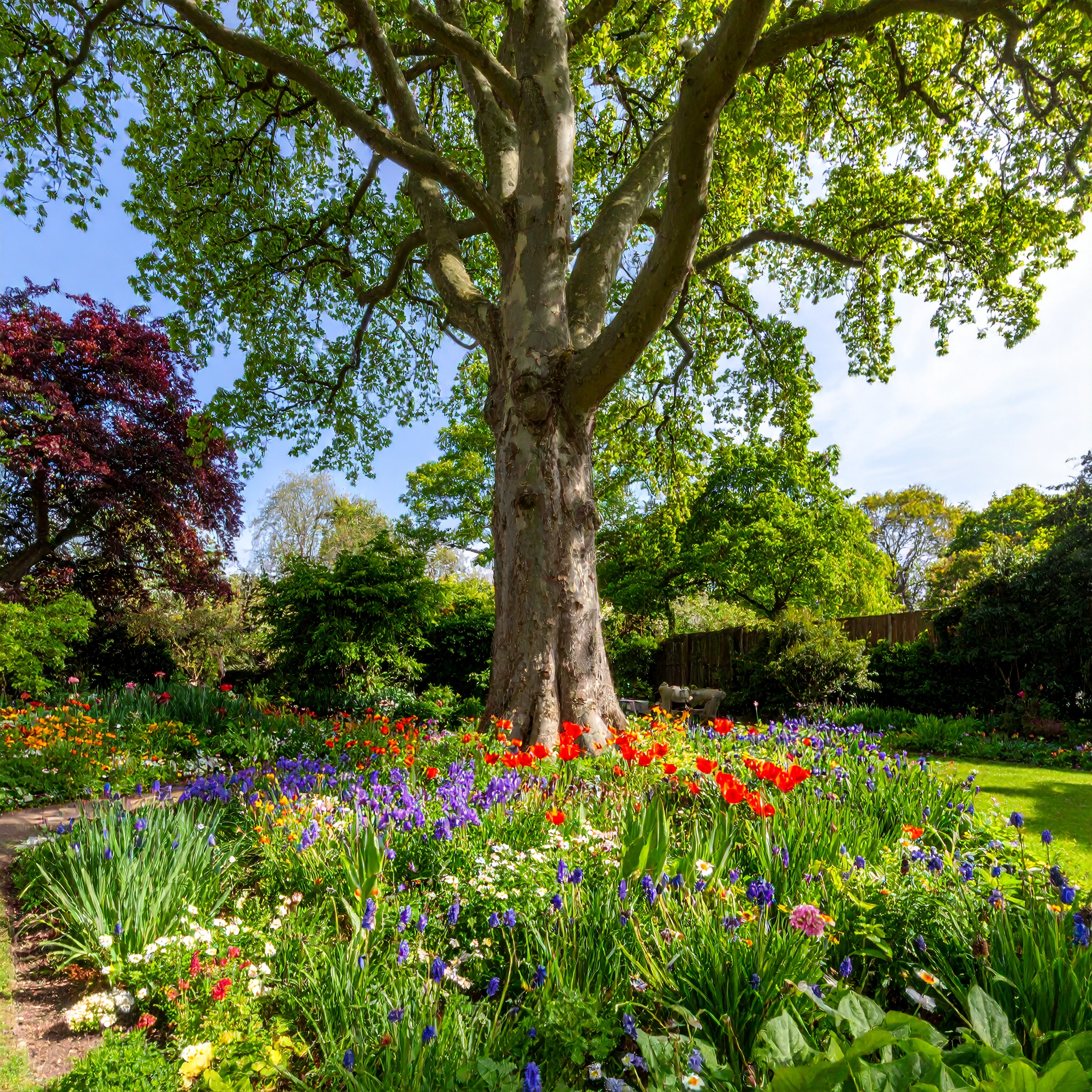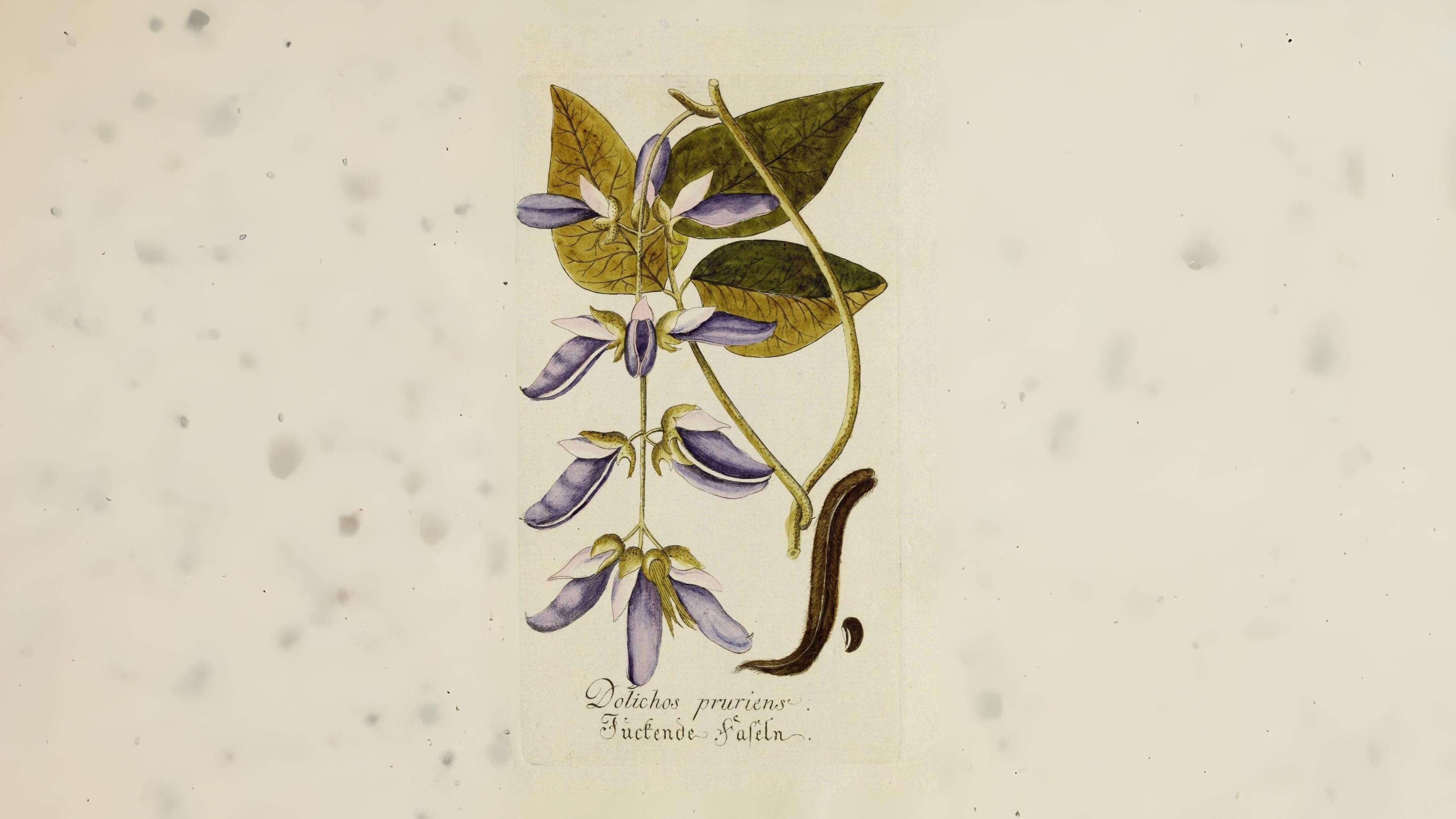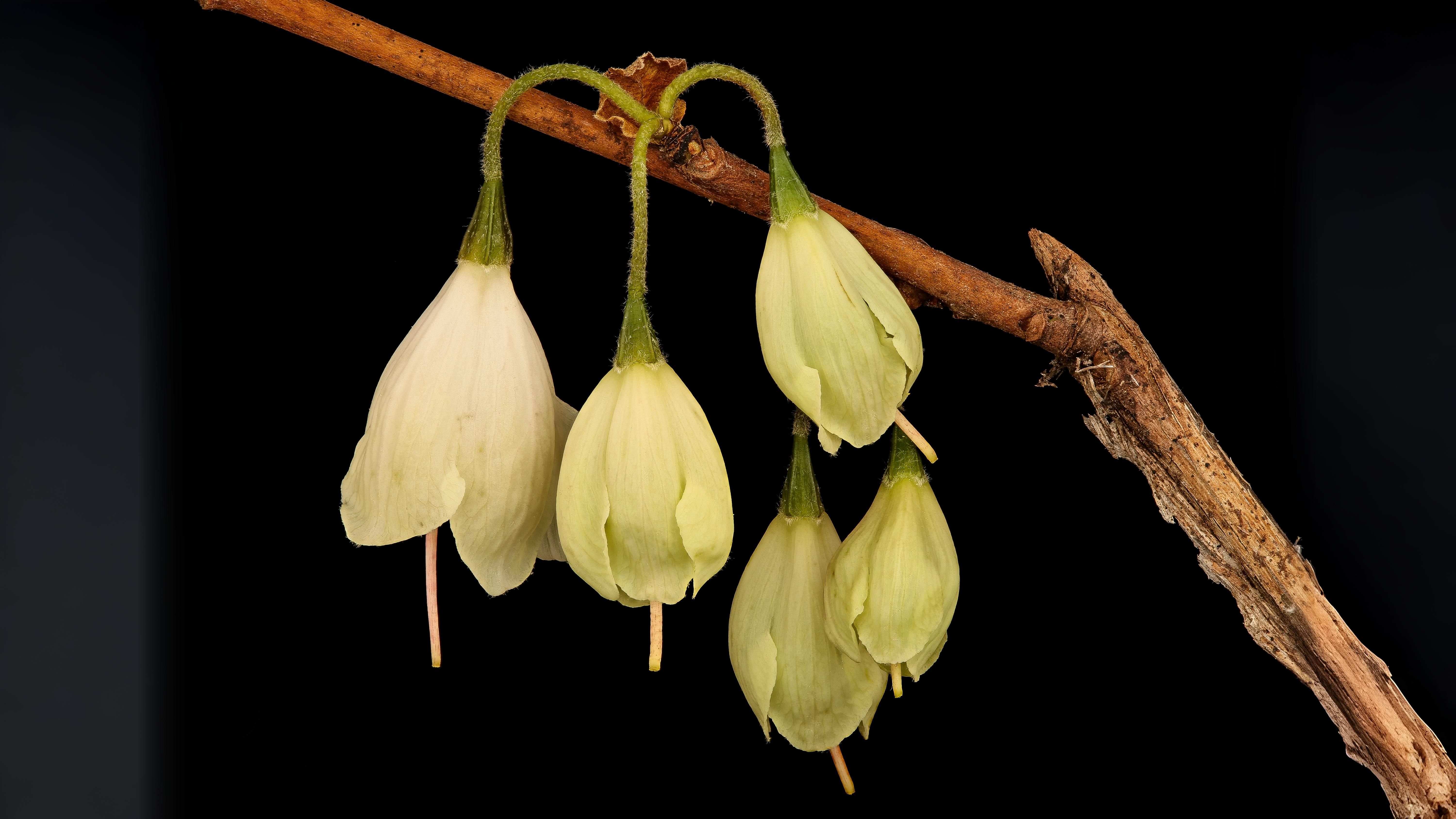As summer blooms in full glory, London’s gardens dazzle with an explosion of colour—from brassy bedding plants in Regent’s Park to tropical exotics at Kew. But did you know the city hides a secret medicinal garden with plants that cure, poison, and even quell forbidden desires? Return on 08 August to explore the Royal College of Physicians’ astonishing collection, where history and healing intertwine beneath the boughs of Hippocrates’ legendary plane tree. Don’t miss the full story!
There are now a bewildering number of different garden plants to be seen in London, although this will be the last month to see such a wide diversity. Summer bedding in parks and gardens is at its most brassy with good shows usually to be seen in Regent’s Park, St James’ Park and Lincoln’s Inn fields. Plants that tend to draw our attention in such places are Mesembryanthemum, Tagetes, Cleome, Cosmos, Salvia and Nemesias. Herbaceous borders are still awash with colour with excellent examples usually to be seen at Hampton Court Palace gardens, Golders hill park and Middle temple gardens. Particularly noticeable are Penstemons, Echinops, Solidagos, Monardas, Delphiniums and Sedums as well as composites of every shape, size and colour. Widely planted annuals include Californian poppy, Larkspur, Gaillardia and Nigella.
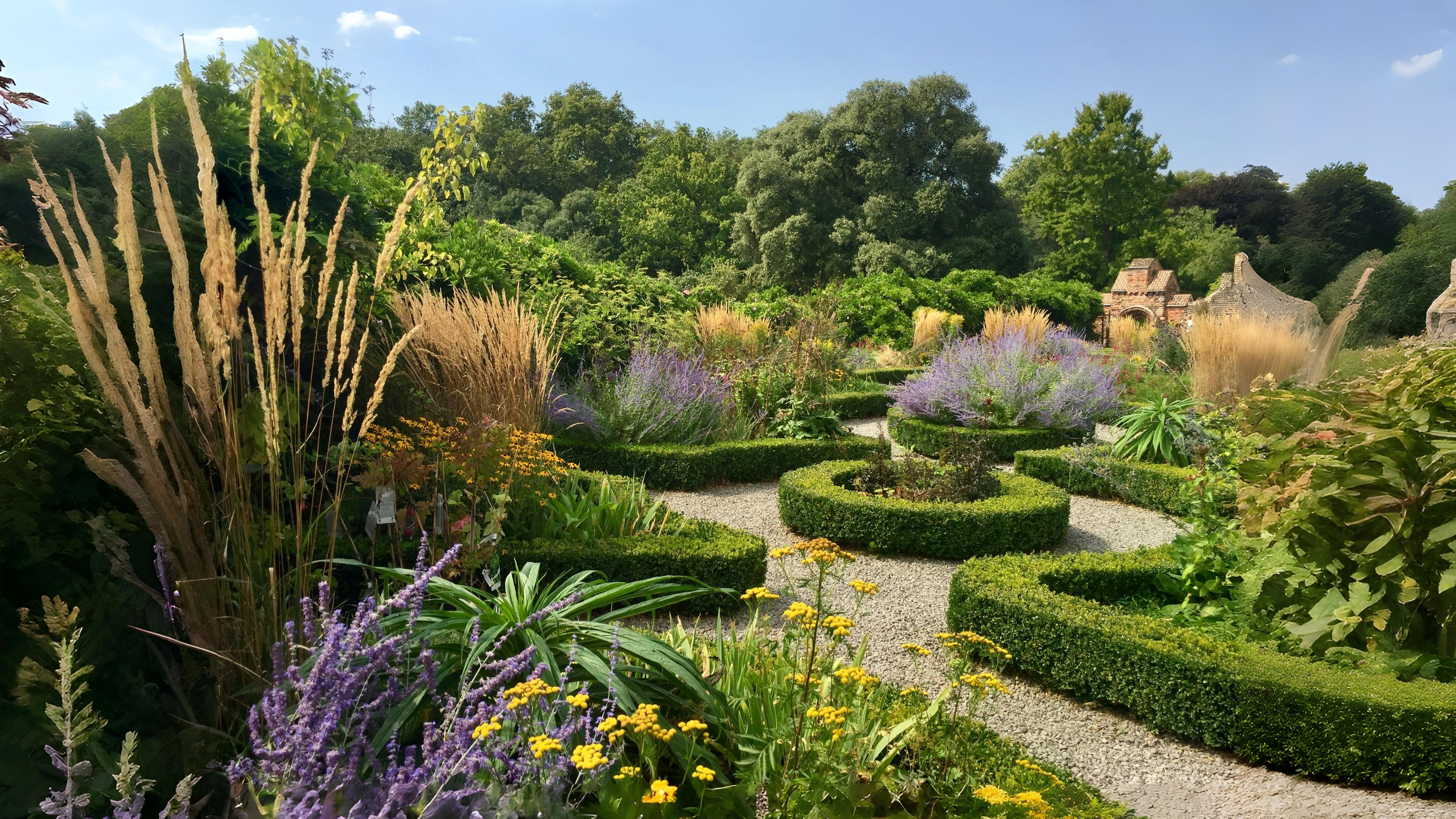
Tropical gardens are a more recent fashion and are good places to find tender exotics that are likely to become far more common in the future such as Bananas, Aroids, Gingers, Melianthus and Alstroemerias. In among the welter of hybrids, cultivars and gardeners’ selections it is also worth looking for unadulterated wild species. Many of these foreign plants thrive in London although they are thousands of miles away from their native habitats. Londoners tend to hide away their rarities in their back gardens leaving many front gardens in August remarkably dull. Consequently it is necessary to visit plant collections to see the rarities from all over the temperate world.

At Wisley you can see Dolichos, a climber from South Africa, Pseudopanax from New Zealand and an extravagant collection of different coloured morning glorys Ipomoea from South America and at Kew it is worth seeking out the Chilean jasmine Mandevillea laxa from Argentina and mountain sorrel Oxyria dignya which is more at home around bird roosts in the sub-Arctic.
Surprisingly, there are only a small number of gardens in London with exceptional collections of unusual plants. One hidden gem worth visiting at this time of year is the Royal College of Physicians’ medicinal garden on the outskirts of Regent’s park. This garden specialises solely in plants with a medicinal value, now or at some time in the past. The garden which now has several hundred different species may have been started by no less of a figure than John Gerard in the sixteenth century. He is said to have collected plants for the college “for a reasonable charge”.
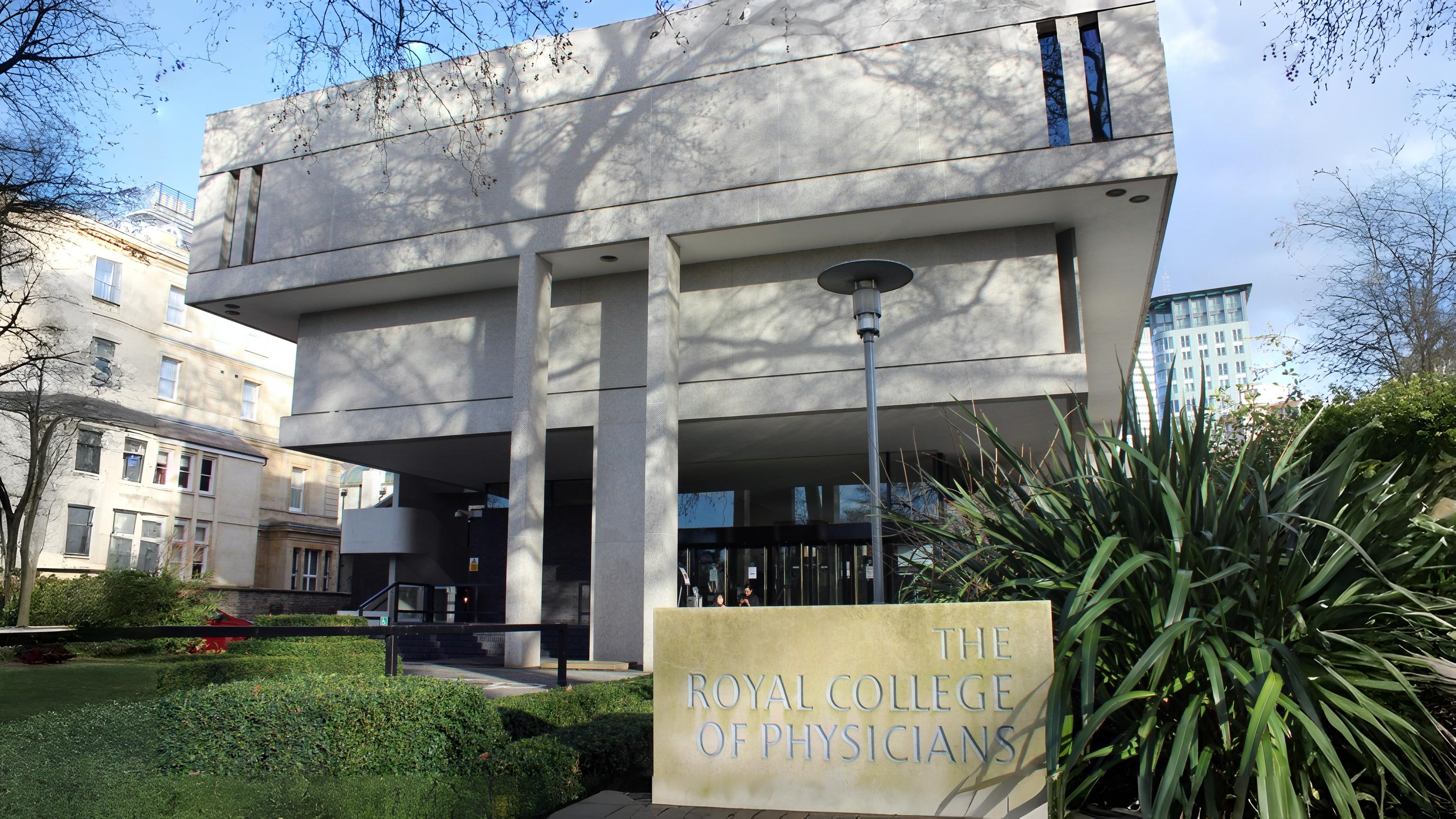
There are the obvious plants you might expect to see in such a collection such as foxglove (used to treat heart problems), lungwort (lung complaints), mints (flatulence), feverfew (migraines), St John’s wort (depression) and evening primrose (melancholy). Senna and hellebores are present, both of which are violent purgatives and a host of old cure-alls such as Betony, Tulbaghia and Aloe. Aloe ferox is grown, which was used to soothe the radiation burns of the Hiroshima victims. The curative abilities of some of the other species are a little less believable e.g. Helianthus annuus (to encourage lust), Lobelia tupa (a cure for syphilis), myrtle (a remedy for spitting blood), marigold (for raising the spirits) and figwort which, when worn around the neck, was believed to cure piles.
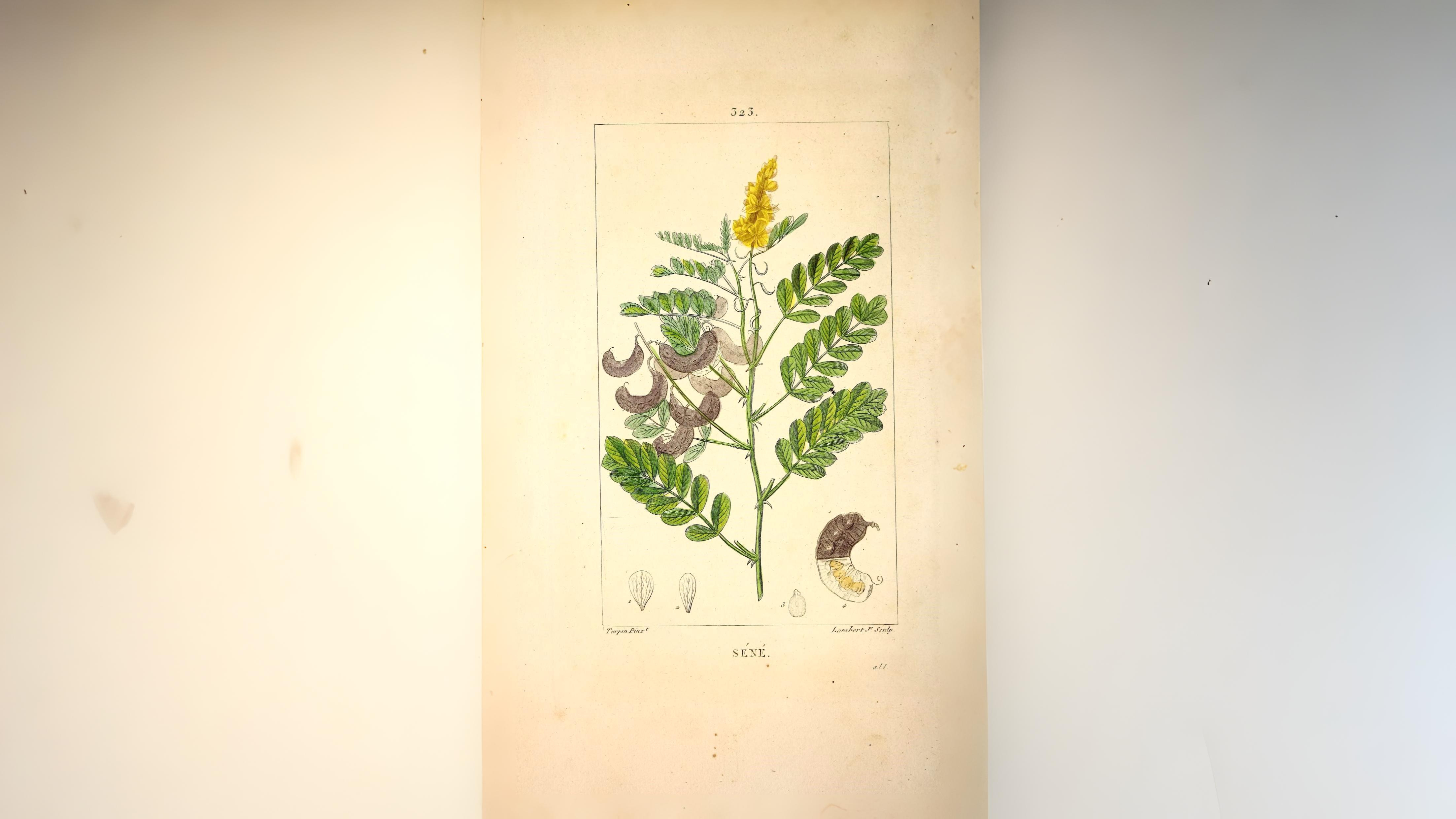
The chaste plant Vitex agnus-castus is also grown, the seeds of which monks sprinkled over their food to help dispel any lustful thoughts and nuns carried with them in their pockets to help them remain chaste. Greater celandine was even thought capable of bringing back the sight of any blind fledgling swallow.
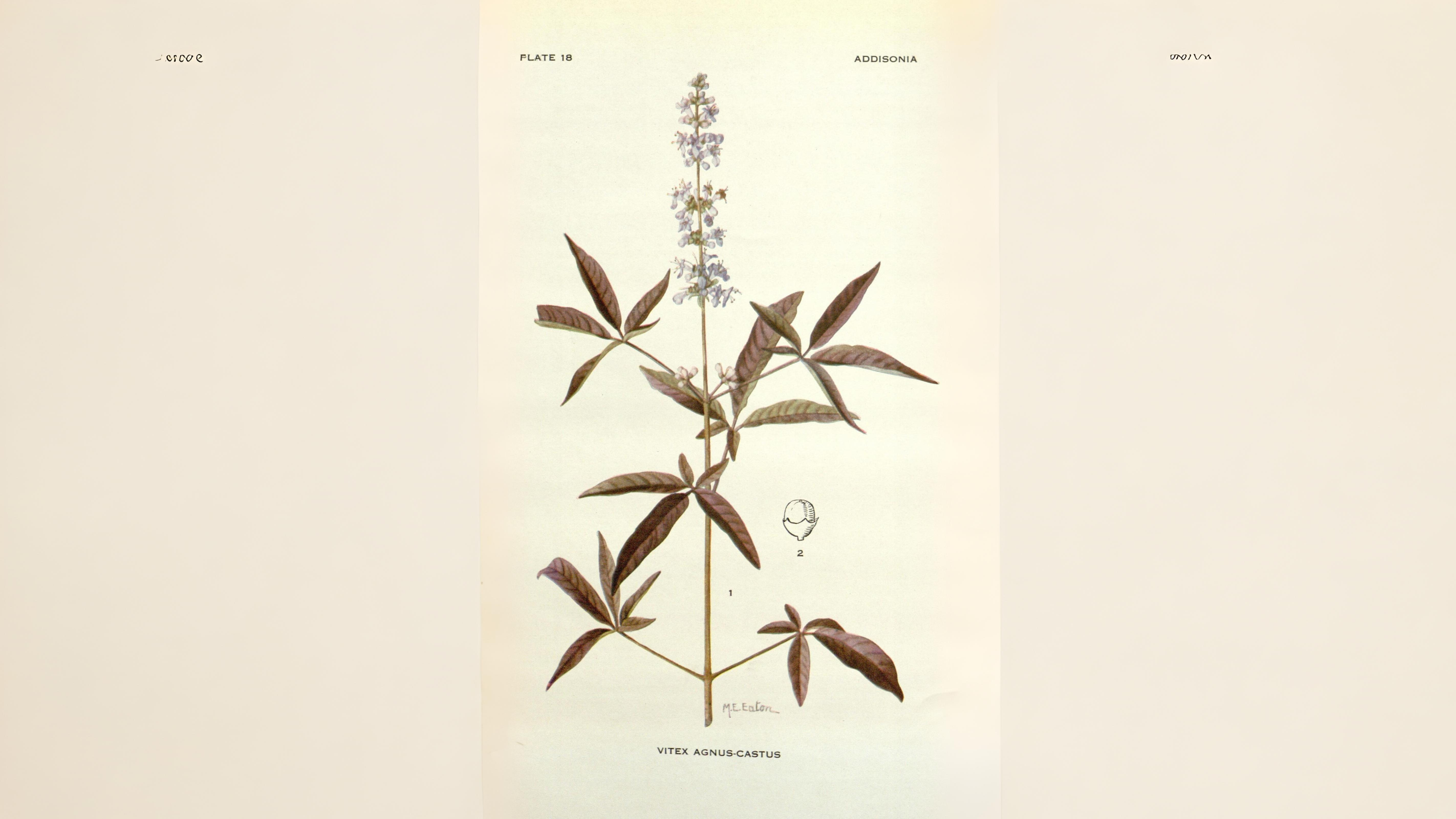
The centrepiece of the collection is a tall Eastern plane tree Plantanus orientalis subsp. insularis which is believed to have been grown from a scion of the original plane on the island of Cos under which Hippocrates taught the very first doctors. There are many more plants with more recent medical histories. The Madagascan periwinkle Cantharanthus rosea was thought to possess the new wonder drug for curing some cancers. Sutherlaudia frutescens has been investigated for its use in treating AIDS. More sinisterly, Ricinus communis was used to make the poison ricin. This was supposed to have been used by the Bulgarian secret service to kill Georgi Markov with an umbrella spiked with it on Waterloo Bridge in 1978.

Although not particularly associated with medicine there is also a fine specimen of the snowdrop tree Halesia carolina. This is a great beauty when it is in flower in the spring but sadly is rarely grown in London.
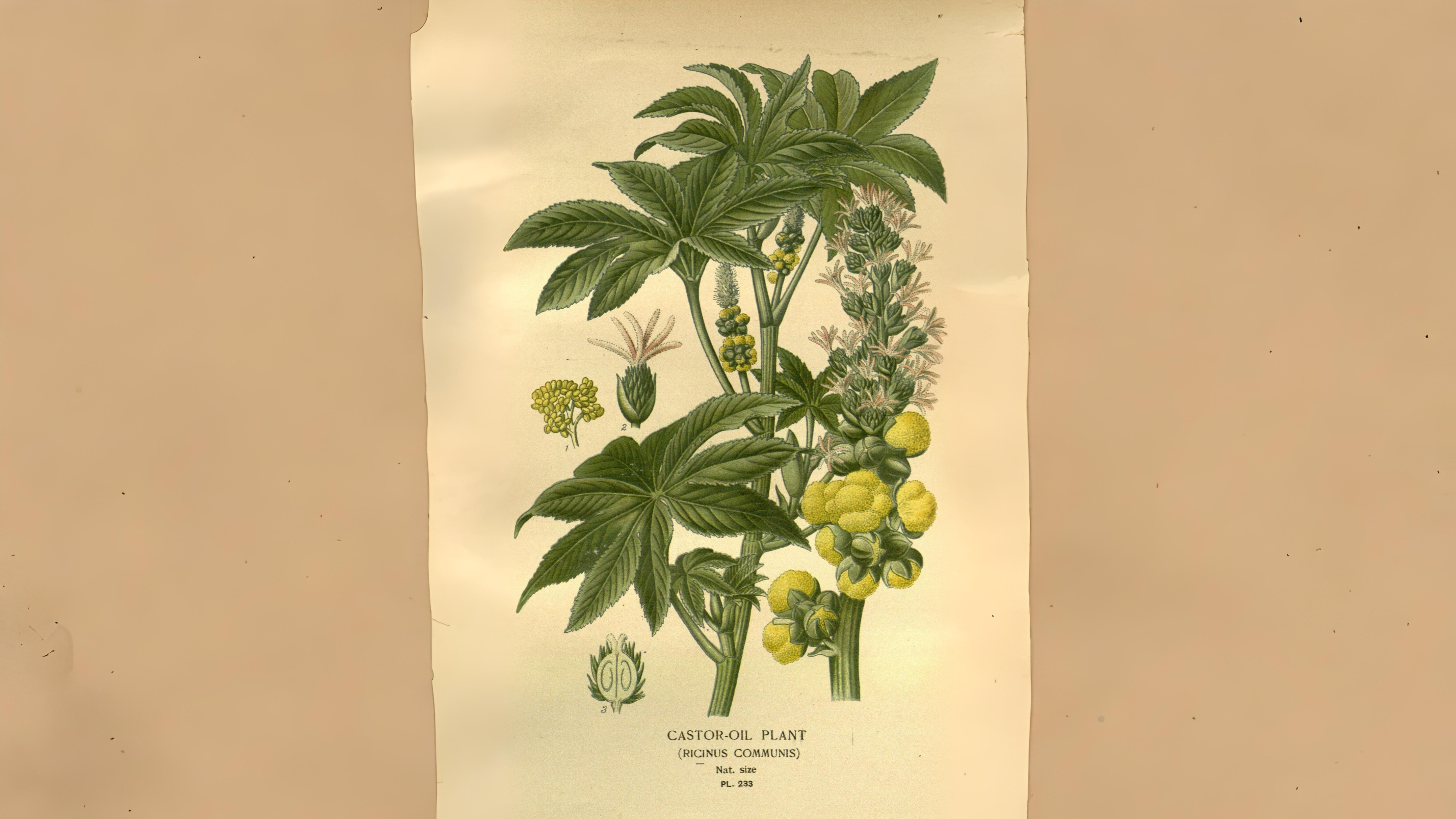
In this case it was an excellent choice to commemorate the physician who was the first person to measure blood pressure. As you might expect there is also the plant that has been responsible for more human deaths than any other – tobacco.
